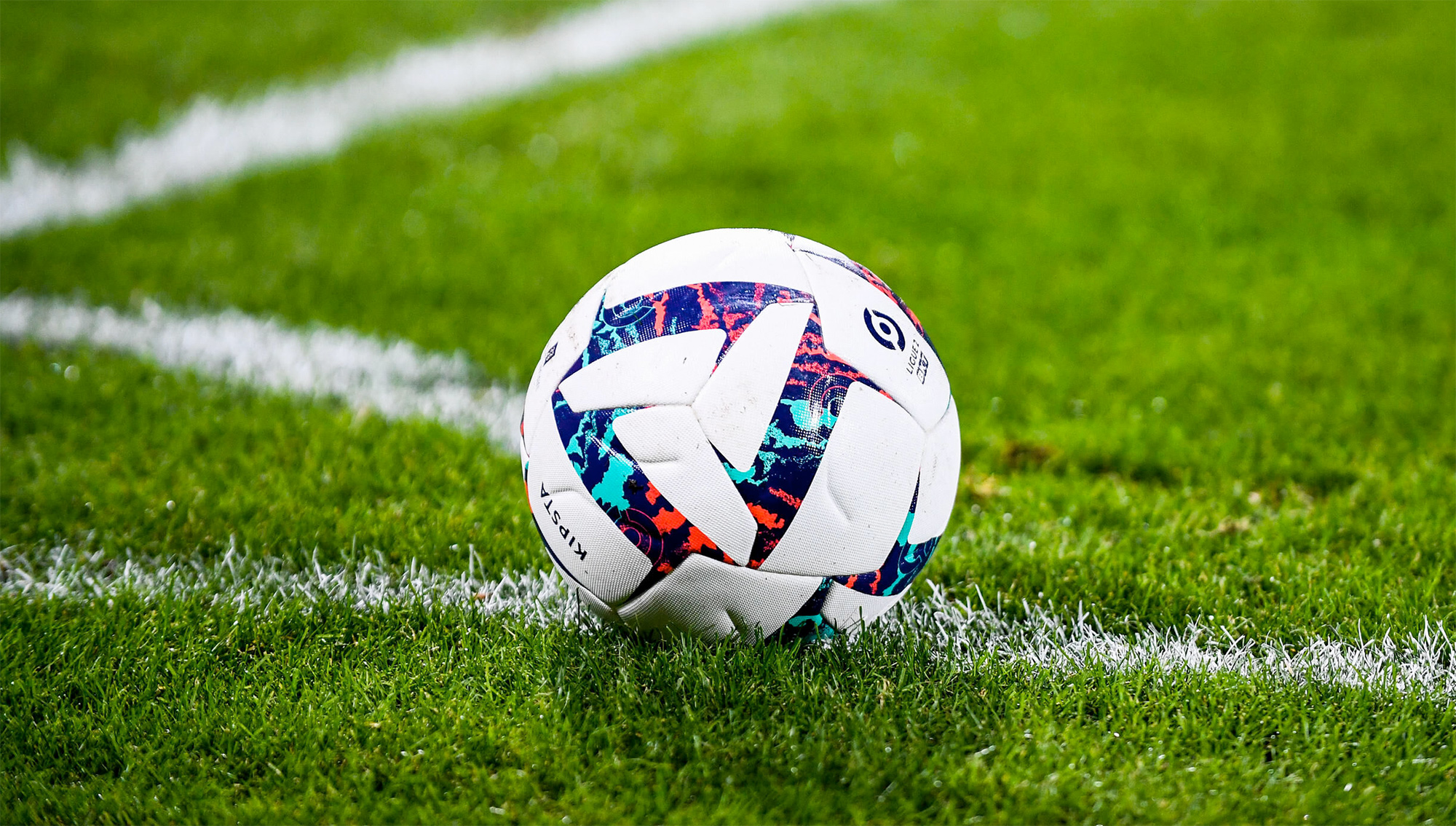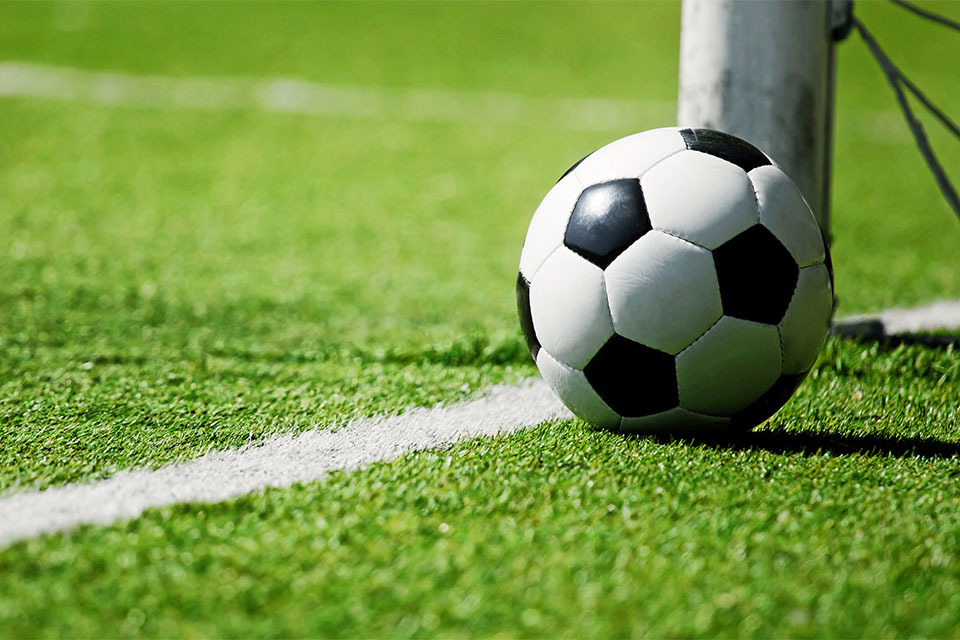Beyond The Whistle: Unpacking Football Fights On The Field
Introduction to On-Field Altercations
Football, whether American football, soccer, or rugby, is inherently a contact sport. The very nature of the game involves collisions, tackles, and intense physical contests for possession or territory. This physicality, while exhilarating, also creates a fertile ground for conflict. An on-field altercation, often escalating into a full-blown football fight, can be triggered by a myriad of factors: a late hit, a perceived unfair tackle, a taunt, or even a simple misunderstanding that boils over in the heat of the moment. These incidents are not merely random acts of violence; they are often the culmination of escalating tensions, individual frustrations, or even strategic attempts to intimidate opponents. The spectacle of players clashing, helmets flying, and officials scrambling to restore order is a stark reminder that despite the meticulous planning and strategic execution, human emotion remains a powerful, sometimes volatile, force in sports.The Psychology Behind Football Fights
Understanding why football players, who are highly disciplined and trained athletes, engage in fights requires delving into the psychological underpinnings of competitive sport. The environment of a football game is a unique crucible of high stakes, intense physical contact, and collective identity.Adrenaline and Aggression
The human body, when engaged in strenuous physical activity, especially under competitive pressure, floods with adrenaline. This hormone prepares the body for "fight or flight," enhancing strength, speed, and pain tolerance. While beneficial for performance, it also lowers the threshold for aggression. A minor provocation that might be dismissed in a calmer setting can, under the influence of adrenaline, be perceived as a significant threat or insult, leading to an immediate, visceral reaction. This heightened state of arousal can cloud judgment, making players more susceptible to lashing out. The very nature of the game, demanding players to be aggressive in pursuit of the ball or in blocking opponents, can blur the lines between controlled aggression and uncontrolled hostility.The Pressure Cooker Environment
Professional and even amateur football games are high-stakes affairs. Careers, reputations, and team legacies can hinge on the outcome of a single game or even a single play. This immense pressure creates a "pressure cooker" environment where emotions are amplified. Frustration from a bad call, anger over a missed tackle, or the sheer intensity of a close game can build up, seeking an outlet. A physical confrontation, for some, becomes that release. Furthermore, the concept of "team loyalty" can also play a significant role. When a teammate is perceived to be unfairly targeted or injured, other players might feel compelled to intervene, leading to a chain reaction that escalates into a larger football fight. This collective response, while often seen as an act of solidarity, can quickly spiral out of control.Historical Perspective: Notable Incidents
Football fights are not a new phenomenon; they have been a part of the sport for as long as it has been played. From the early days of rough-and-tumble play to the highly scrutinized modern era, instances of on-field brawls have punctuated the game's history. These incidents often become etched in the collective memory of fans, sometimes overshadowing the athletic achievements of the game itself. While specific examples vary across different leagues and eras, the underlying themes remain consistent: rivalry, retaliation, and the explosive clash of strong personalities. Legendary players, coaches, and even entire teams have been involved in moments that transcended the boundaries of fair play. These historical events serve as a stark reminder of the volatile nature of the sport and the constant challenge faced by officials and governing bodies to maintain order and sportsmanship. They also highlight how quickly a single spark can ignite a widespread conflagration among highly charged athletes.The Impact of Football Fights on the Game
The consequences of football fights extend far beyond the immediate moment of confrontation. For the players involved, penalties are swift and often severe, ranging from ejections from the game to suspensions and hefty fines. These disciplinary actions directly impact team performance, as key players might be sidelined, disrupting strategy and morale. Beyond the individual repercussions, the team as a whole suffers. Momentum can be lost, focus can be diverted, and the team's reputation can be tarnished. From a broader perspective, such incidents can damage the image of the sport itself. When football devolves into brawling, it detracts from the athletic skill and strategic brilliance that fans come to admire. It raises questions about player safety, sportsmanship, and the integrity of the competition. For younger audiences and aspiring athletes, these displays of uncontrolled aggression can send the wrong message, undermining the values of discipline and respect that sports are meant to instill. Furthermore, prolonged stoppages due to on-field altercations disrupt the flow of the game, frustrating both live spectators and television audiences. While some might argue that these moments add a dramatic, albeit negative, element to the "hot topics of the football season," the consensus among purists and governing bodies is that they diminish the quality and spirit of the game.Rules, Regulations, and Penalties
To combat the prevalence and severity of football fights, governing bodies across various leagues and levels have implemented stringent rules and penalties. These regulations are designed to deter unsportsmanlike conduct, protect player safety, and ensure the integrity of the game. Officials are empowered to issue penalties for fighting, unsportsmanlike conduct, and taunting, which can range from yardage penalties to player ejections. Repeat offenders often face escalating disciplinary actions, including multi-game suspensions and substantial financial penalties. The goal is to create a clear deterrent, signaling that such behavior will not be tolerated and carries significant consequences for both the individual and their team.NFHS Rules and Their Evolution
The National Federation of State High School Associations (NFHS) plays a crucial role in shaping the rules for high school football in the United States. Their rulebook is meticulously updated to address emerging issues and ensure player safety and fair play. The "2025 NFHS football rules changes" are a testament to this ongoing commitment. While specific details of these changes would need to be referenced directly from the NFHS, it's highly probable that they include adjustments aimed at reducing dangerous play, promoting sportsmanship, and providing clearer guidelines for officials to manage on-field altercations. This continuous evolution of rules reflects a proactive approach to mitigating the risks associated with football fights and fostering a more disciplined playing environment, starting from the foundational levels of the sport. These updates, much like the "minor update (v4.3.0) now available" for virtual football games on "PS5, PS4, XboxOne, Xbox X|S, Steam, Windows," signify a constant effort to refine the experience, though for real football, the stakes are far higher than a mere software patch.Preventative Measures and Sportsmanship
Beyond punitive measures, fostering a culture of sportsmanship is paramount in preventing football fights. This begins with education and training from a young age, emphasizing respect for opponents, officials, and the rules of the game. Coaches and team leaders have a vital role in modeling appropriate behavior and instilling these values. Pre-game rituals, such as handshakes and respectful interactions, can set a positive tone. During the game, players are encouraged to focus on their performance and control their emotions, even in the face of provocation. Officials also play a crucial preventative role by identifying and addressing escalating tensions early. Warning players, issuing minor penalties for verbal altercations, and separating players before a situation explodes can often de-escalate potential football fights. The emphasis is on proactive management rather than reactive punishment. Ultimately, the goal is to cultivate an environment where competitive intensity thrives within the bounds of respect and fair play, ensuring that the focus remains on the athletic contest rather than unnecessary confrontations. This commitment to sportsmanship ensures that "experience the hot topics of the football season by taking part in a wide variety of events" remains about the thrilling competition, not negative incidents.The Role of Coaches and Team Culture
Coaches are arguably the most influential figures in shaping a team's behavior and culture. Their philosophy, disciplinary approach, and personal conduct directly impact how players react under pressure. A coach who tolerates or even implicitly encourages aggressive, unsportsmanlike behavior creates an environment where football fights are more likely to occur. Conversely, a coach who prioritizes discipline, respect, and emotional control sets a standard that permeates the entire team. This is true for all levels, from professional leagues down to youth teams, including those guided by figures like "John Hardin Bulldogs football staff 2025 by coach Preston."Building Discipline and Respect
Effective coaches actively teach players how to manage their emotions, channel their aggression constructively, and respect the game. This involves more than just drills and playbooks; it includes character development, conflict resolution skills, and emphasizing the long-term consequences of poor conduct. Team rules regarding unsportsmanlike conduct, clear expectations for behavior, and consistent enforcement of disciplinary actions are critical. When players understand that there are severe repercussions for engaging in football fights, and that their coach values sportsmanship as much as victory, they are more likely to internalize these values. A strong team culture built on mutual respect, both internally and externally, acts as a powerful deterrent against on-field altercations, ensuring that the team's focus remains on performance and collective success.The Future of Player Conduct and the Sport
The landscape of football is continuously evolving, driven by advancements in training, technology, and a growing emphasis on player safety and well-being. The future of player conduct, particularly concerning the reduction of football fights, will likely see a continued push for stricter enforcement of rules, enhanced technological aids for officials (like instant replay for identifying instigators), and more comprehensive psychological support for athletes. There's a growing recognition that managing aggression is not just about punishment but also about understanding its roots and providing tools for emotional regulation. Furthermore, the influence of media and fan perception will continue to play a significant role. As the sport becomes even more globally accessible and scrutinized – with updates like "Edizione speciale *gli utenti Steam®, iOS e Android possono effettuare l'acquisto dal [negozio] del gioco" making the game ubiquitous – the demand for a clean, fair, and inspiring spectacle will only grow. The industry, powered by engines like the "industry leading Fox Engine" for virtual experiences, also reflects a desire for a polished, controlled environment. Real football, too, strives for this ideal. The ongoing dialogue between players, coaches, officials, and governing bodies, exemplified by the regular review and implementation of rule changes, is crucial. The ultimate aim is to ensure that football remains a thrilling, competitive sport that inspires admiration for athletic excellence and sportsmanship, rather than being marred by preventable altercations. By prioritizing discipline, respect, and safety, the sport can continue to grow and captivate audiences worldwide, ensuring that the "hot topics of the football season" remain centered on incredible plays and thrilling victories, not unnecessary confrontations. In conclusion, while football fights may occasionally erupt, they are not an inherent or desirable part of the game. They are a symptom of intense pressure and human emotion, which can be managed and mitigated through robust rules, consistent enforcement, and a pervasive culture of sportsmanship. By understanding the psychology behind these incidents, learning from historical examples, and continuously refining preventative measures, the football community can work together to ensure that the beautiful game remains a testament to athletic prowess, strategic brilliance, and unwavering respect. What are your thoughts on how football can further reduce on-field altercations? Share your insights in the comments below, or explore our other articles on player safety and the evolution of football rules!
Section locale ADAS Rennes - Football

Bold Plan for Football - Fan Led Review Finally Revealed | FMTTM

Football & Stadium Wallpapers | HD Wallpapers | ID #8779